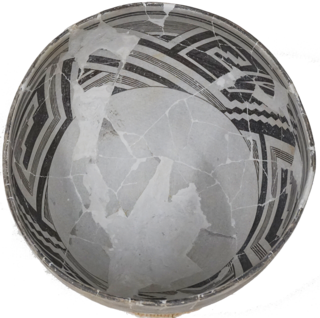
Afternoon Nap
, 1936
7.8 x 6.8 in (h x w)
Etching on wove paper; collection of Helen and Dick Reway
Hatton considered this tender image of a sleeping child to be one of her best prints. The artist captures this fleeting and intimate moment with the compelling immediacy and economy of her line. In the process of wiping the printing plate before printing, a thin veil of ink was left on areas of the plate’s surface to create an atmospheric effect and sense of spatial volume when printed. The practice of this kind of creative, autographic wiping was popularized during the Etching Revival and was believed to endow a print with artistic authenticity.




